A Rifleman's Optics
Nikko Stirling Diamond Long Range Riflescopes
column By: Patrick Meitin | March, 22
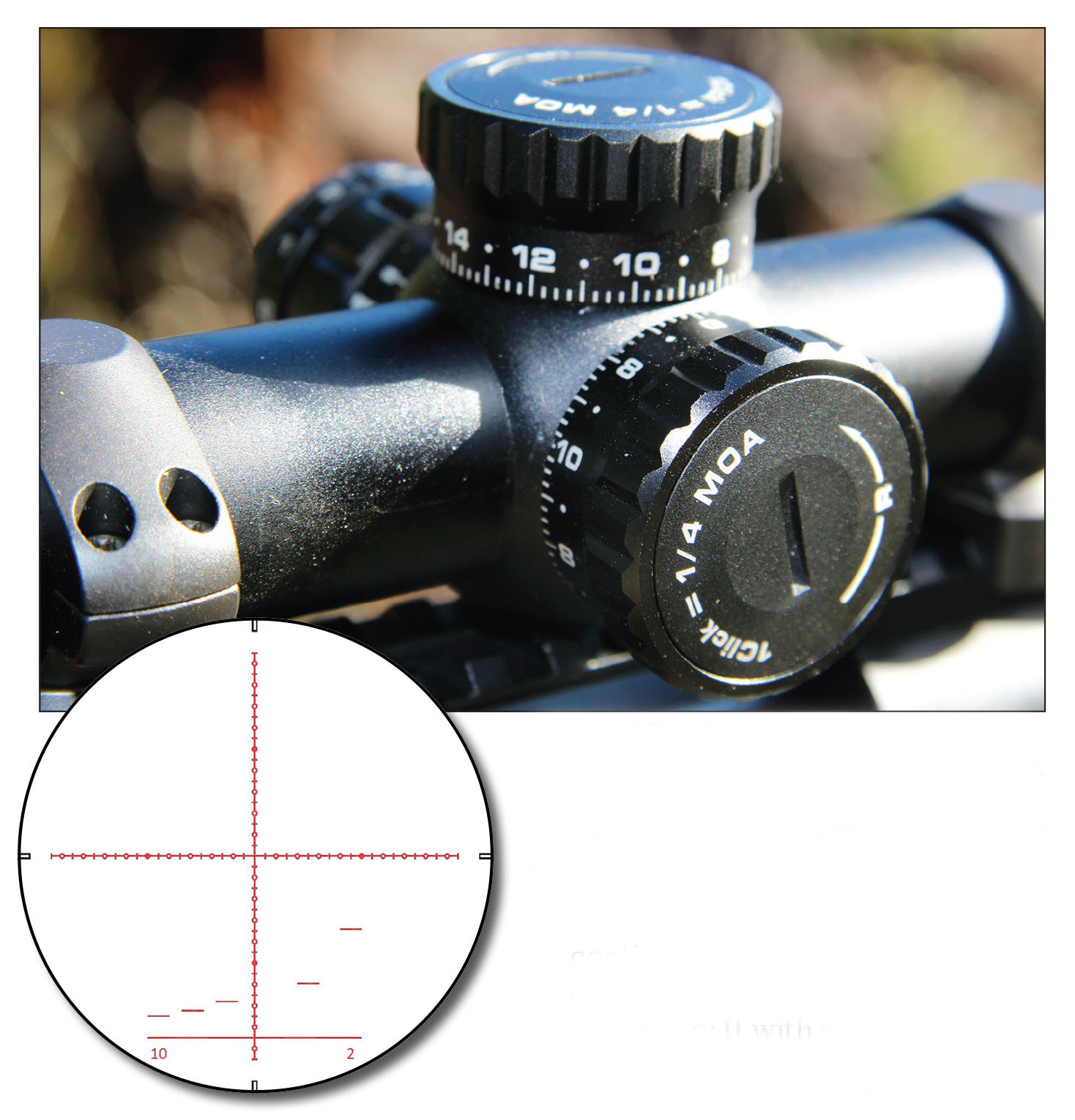
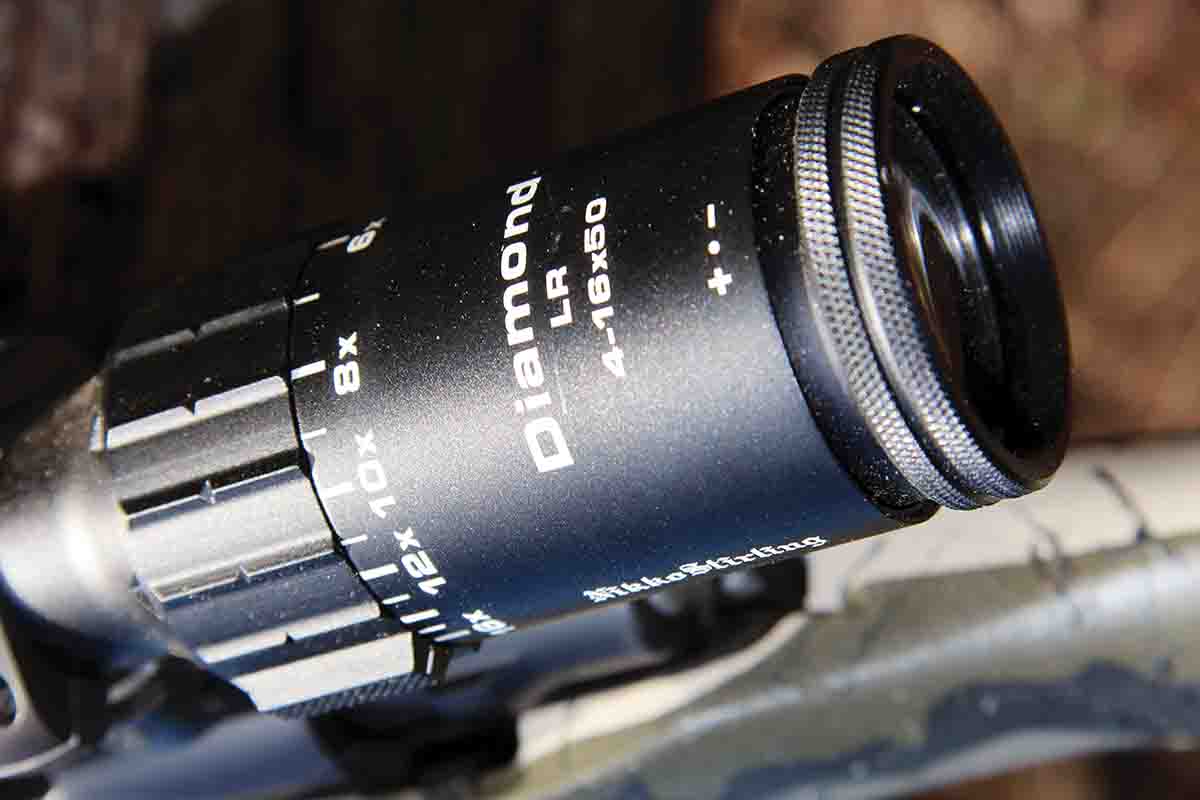
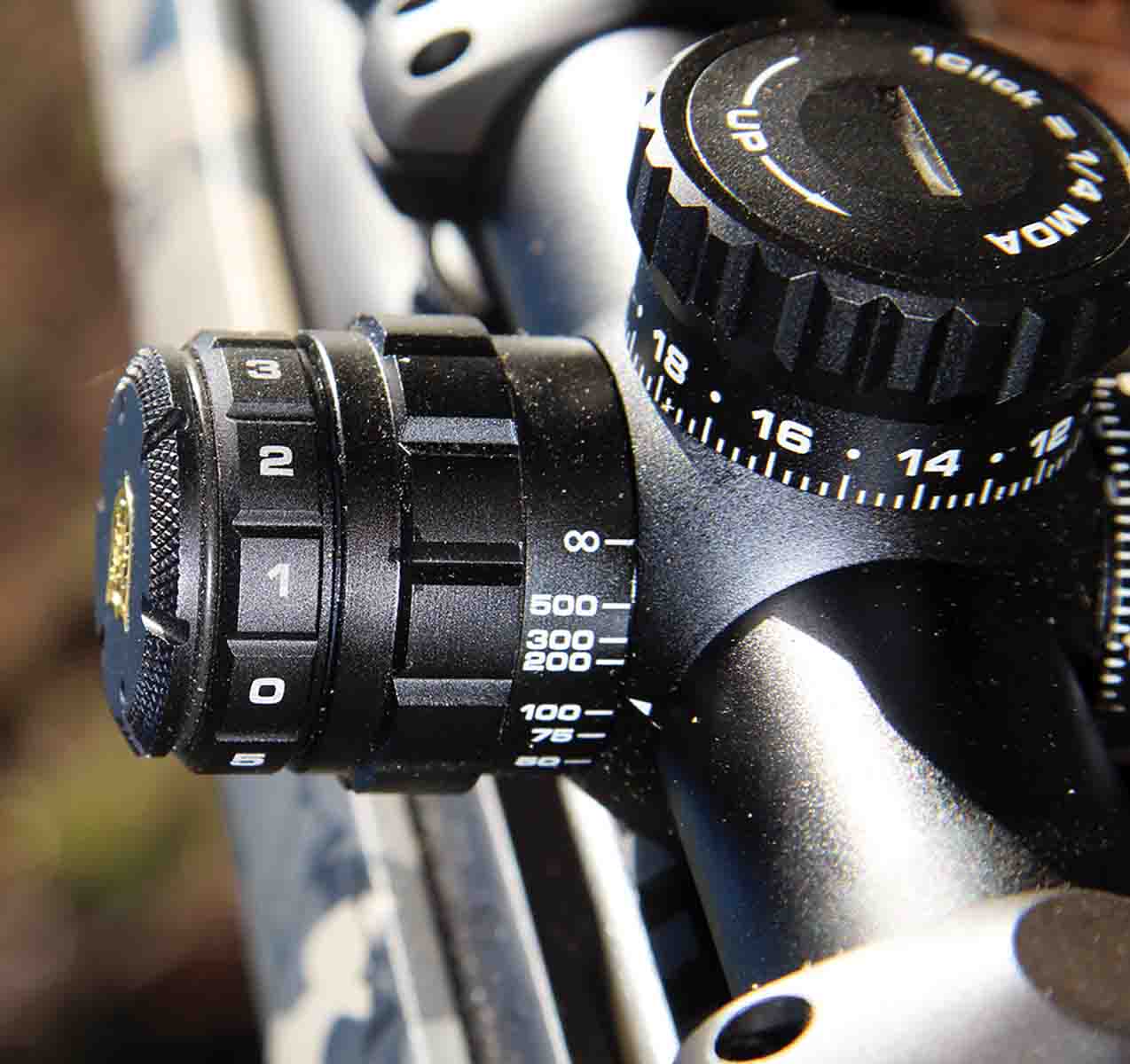
Nikko Stirling scopes certainly come with attractive price tags. But are they any good? Until recently, I couldn’t have provided an honest answer. I just didn’t have any hands-on experience with them. That recently changed.
Nikko Stirling was founded in 1956 by Malcolm Fuller to provide high-precision Japanese optics to hunters and shooters. The company’s optics continue to be made in Japan, using up-to-date optical designs, high-grade lenses and coatings and manufacturing excellence standards that Japan adopted following World War II with the introduction of Dr. William Deming manufacturing philosophies. This came as a bit of a surprise to me, I must admit. Considering the manufacturer’s suggested retail price (MSRP) involved, I would have bet big money that the brand came out of China. Nikko Stirling scopes are distributed by Legacy Sports International of Reno, Nevada, the same outfit that provides Japanese-made Howa rifles, Turkish-made Citadel shotguns, rifles and pistols, Pointer shotguns and New Zealand-made Hardy rifles.
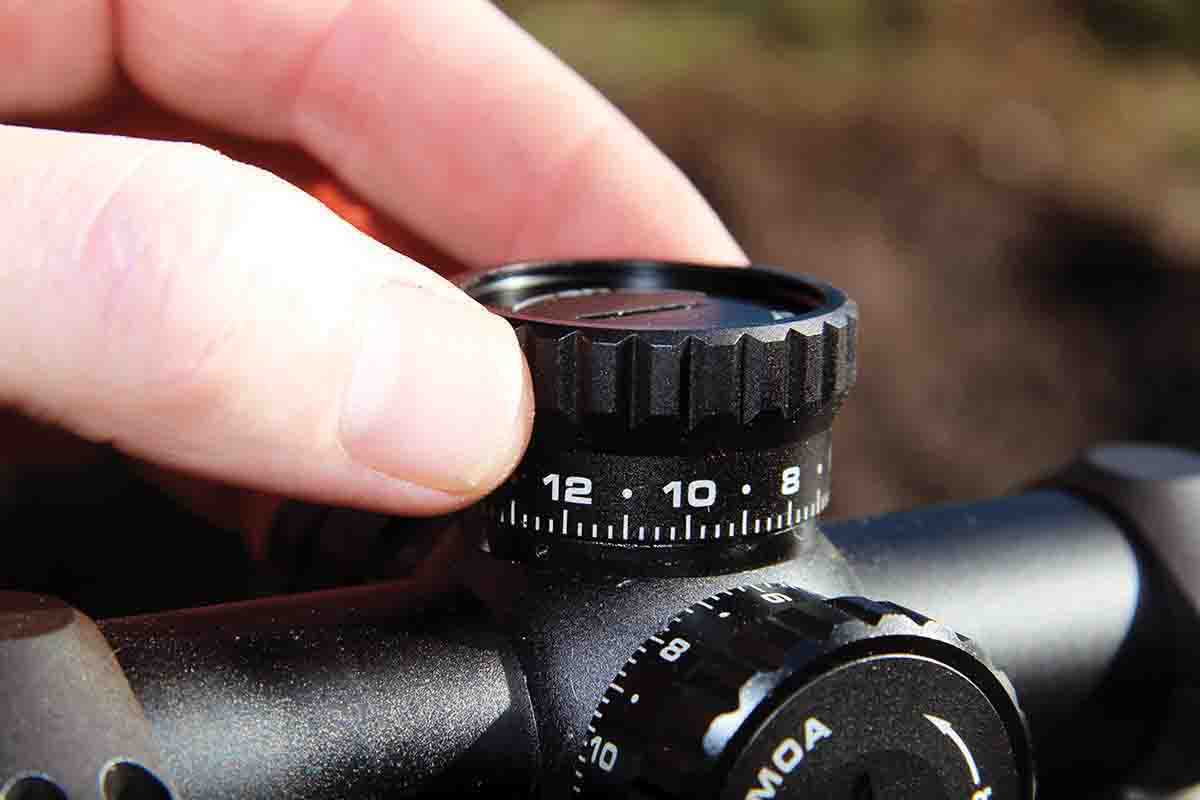
The 4-16x 50mm configuration, in particular, I have really grown to like. Diamond Long Range scopes are 30mm-tubed, turreted designs optimized – as the name suggests – for long-range shooting. The 4-16x 50mm model is a couple of inches shorter than the 6-24x 50mm, but about the same weight. The scope offers an 8-foot field of view when set on 16x, 32.1 feet when on 4x at 100 yards – opposed to the 6-24x’s 5.4-foot on 6x and 21.4 feet on 24x at 100 yards.
The Japanese lenses and optical coatings are certainly sharp and clear to my eyes, without the strange color haze often experienced with scopes at this price point. The one-piece, 30mm tube is said to be made of “aircraft grade” aluminum – certainly a nebulous term today – but I can attest to these optics’ durability, as when varmint shooting commences, I’m anything but kind to my equipment.
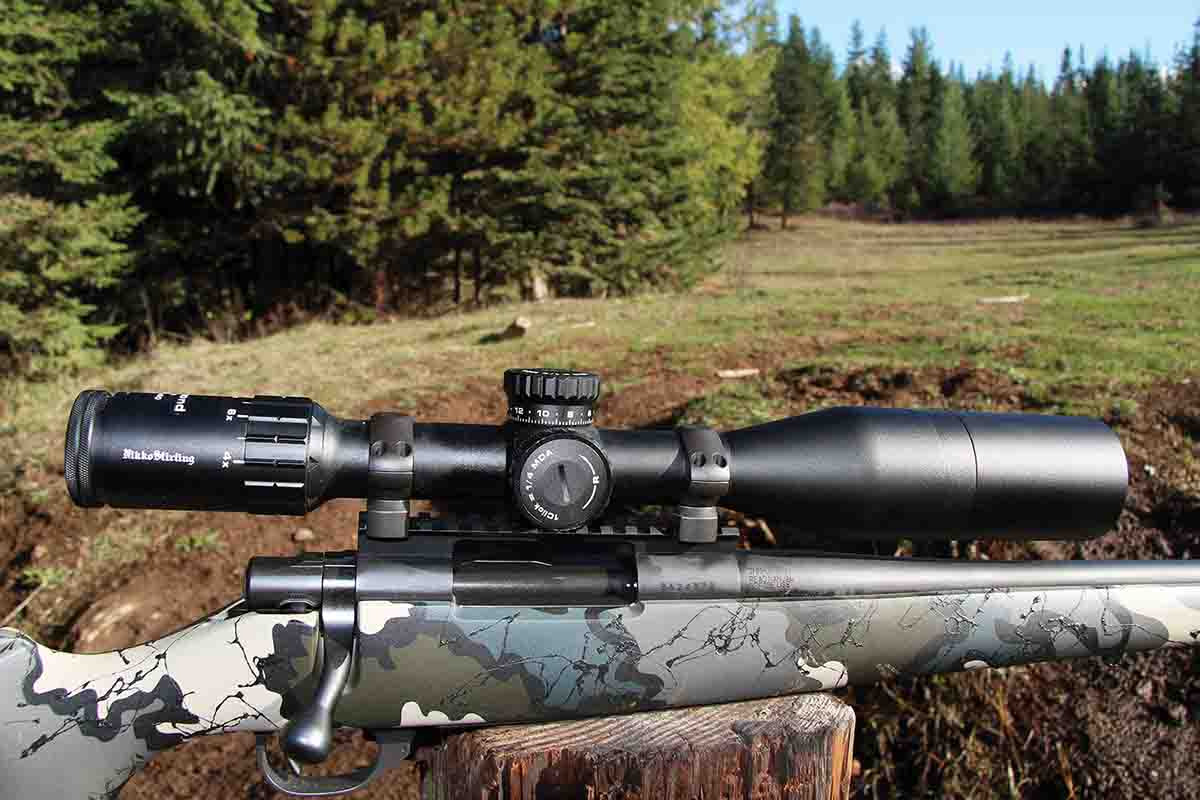
The Return to Zero (RTZ) elevation turret can be customized for specific calibers, though I got along fine with the stock arrangement, including some extreme corrections on distant shots in stiff winds. Windage and elevation adjustments are made in standard .25-inch increments. Turrets lock and are clicked up to make corrections. The numbered turret scales also easily return to zero after sight-in by removing the slotted caps, spinning to align and returning. These locks, and the
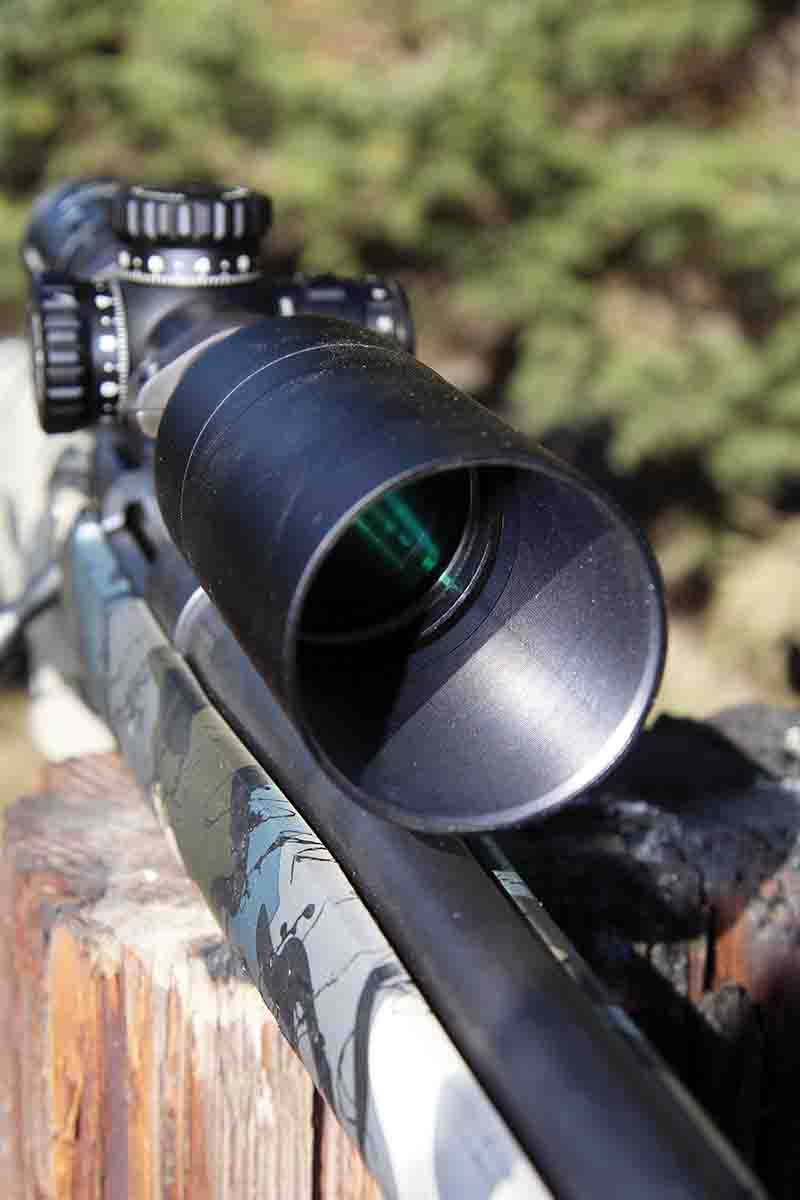
A parallax adjustment knob is located on the left side of the scope, sandwiched between the erector housing and 12-position illumination dial. There are two off-position zeros, and numbers 1 through 5 top and bottom, one each for red or green reticle illumination. Illumination clicks are positive and tactile/audible. Parallax is marked 10 yards to infinity. An optional side wheel is offered for faster operation.
Nikko Stirling’s glass-etched Hold Fast Reticle is its take on a mil-dot arrangement, offering a clean but precise crosshair with open dots punctuated by evenly-spaced top/bottom and left/right solid dots. A Diamond Long Range manual is supplied to help shooters make the most of the reticle system. Lenses are fully-multicoated and receive Microlux ETE GEN III coatings to accentuate light transmission and resist scratching. The 4-16x 50mm provides a generous 4 inches of eye relief and comes with a 3- inch, screw-on sunshade, which I find indispensable. Dual-rubber-tethered protective lens covers with clear lenses are included.
I would be the first to admit there is an immediate bias against scopes with price tags south of $250, a bias that creates an involuntary assumption of inferiority. This is further girded by my ability to test scopes retailing for four or five times more. But all it took for me to lighten my attitude was to take a Nikko Stirling into the field – or in my case, shoot a couple of thousand rounds while doing my part to reduce the number of burrowing critters damaging farmers’ fields. Visit nikkostirling.com to learn more.


